Helen Taylor talks about her recovery from a third degree tear during the birth of her son Flynn and why she felt compelled to write a blog about her experiences
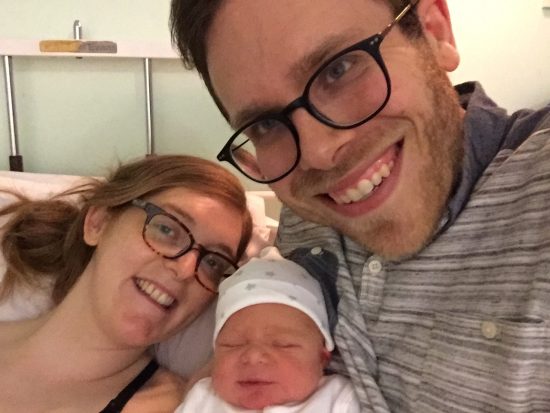
I spent time in the birthing pool at the hospital – doing what came naturally and concentrating on one contraction then the next – and eventually I was fully dilated.
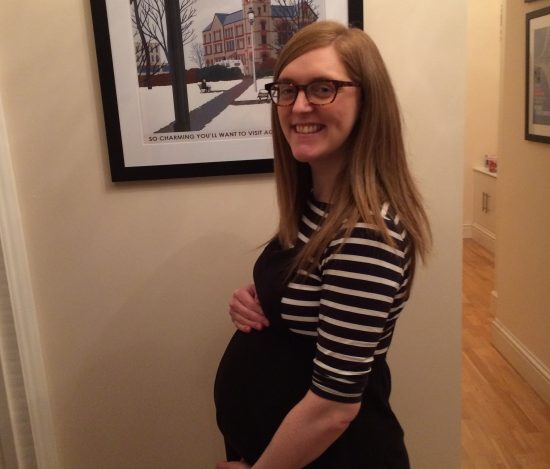
Following an hour and a half of pushing there was nothing. No baby.
After a brief, blurry trip in a wheelchair from the birthing unit to the delivery suite I was surrounded by doctors, nurses and midwives who said they’d help me get the baby out.
Flynn was a ventouse delivery and what I hadn’t realised was that – in his eagerness to see the world – my son had been born face up.
Babies are normally born face down for a reason. If face up, the circumference of their head is much wider and this can cause damage.
I was taken to surgery to remove the placenta which hadn’t come out and to repair the damage done during the birth.
What I didn’t realise was that it would be a long road to recovery
I was meant to be enjoying moments with my new family. But here I was, legs akimbo, exhausted, surrounded by medical staff. It was not what I’d pictured. I felt angry.
Afterwards I was put on iron supplements as I’d lost a lot of blood, as well as antibiotics to prevent infection, laxatives to avoid straining where the stitches were, and painkillers too.
I heard the words ‘third degree tear’ and would become very familiar with them over the next nine months.
Every movement caused pain. I was only able to sit down using cushions. I couldn’t drive. By the end of the day I couldn’t walk as it hurt so much. I couldn’t bear the thought of wearing tight clothes as it would cause pain.
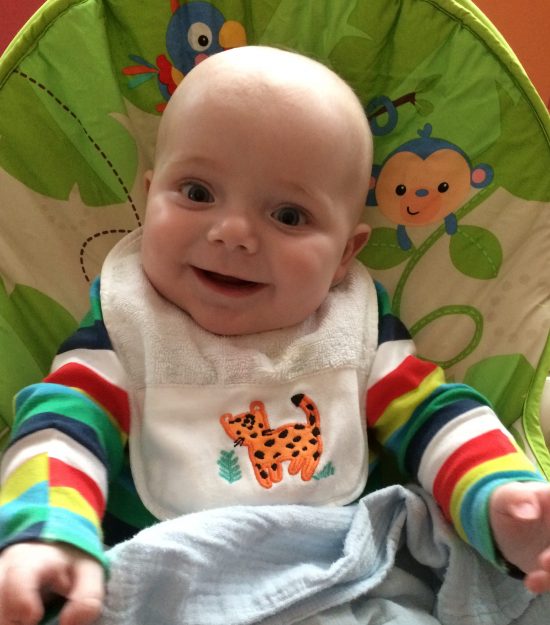
All this was while trying to look after a new baby for the first time. It was so tough.
I had a long list of GP appointments and hospital visits. I was taking the maximum dose of painkillers and had so many infections so I was often on antibiotics.
I was trying to do pelvic floor exercises but it felt so odd down there. The doctors also thought I might need more surgery as I wasn’t healing in the right way.
It was hard to stay positive when there was no definite timeframe on when I would be better. I felt I’d let Flynn down by spending so much time at home as I simply wasn’t able to get out and about.
I tried to comfort myself with the fact that both Flynn and I were here and that Flynn himself was healthy. Not so long ago neither of us would have survived the birth.
By the fourth month, sitting down was getting easier. However, the wound wasn’t healing correctly and my pelvic floor was weak.
I could carry on with life as a mum and finally put the birth behind me
I was referred for physiotherapy. There we practiced doing pelvic floor exercises correctly and I was told that laying down was the most effective position.
It was only seven months after Flynn’s birth that my consultant told me I wouldn’t need surgery. I could have hugged her.
When Flynn was nine months old I was finally discharged by the physiotherapist. I was elated.
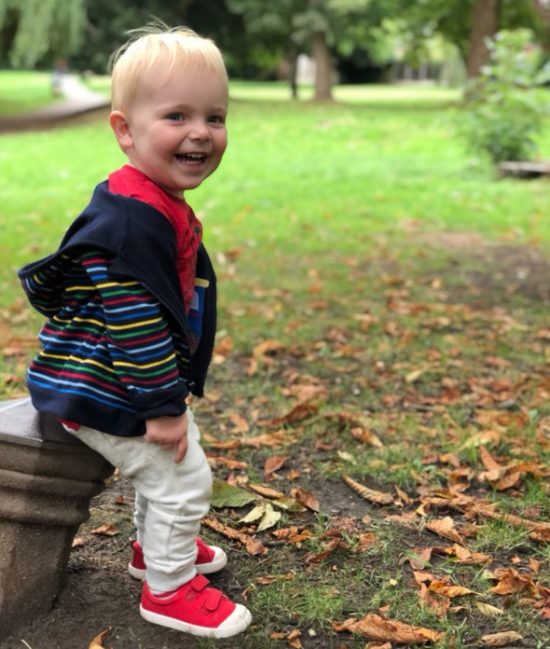
You don’t know about all this stuff before you have a baby. No-one talks about it.
And I couldn’t find much help, comfort or solace when I searched on the internet either.
I felt like every other new mum was up and about, healthy and getting on with things while I could barely walk. I felt very much alone.
I was traumatised by what had happened to me but I tried to put a brave face on it.
I decided to write about my experiences so other mums would know it does get better. And writing the blog helped me process it all.
Firstly, you are not alone. Since writing my blog, I’ve had several friends admit that the same thing happened to them.
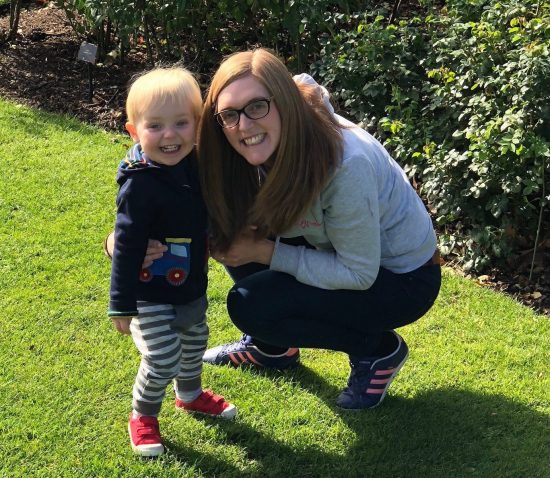
Secondly, take care of yourself. I know it’s hard when you have a little person to look after, but don’t be afraid to ask for help from friends and family. I would have been lost without my husband’s help.
Lastly, it’s ok to feel angry or upset – nobody expects to end up in this situation.
Let the people around you know if things are difficult and never feel embarrassed to talk about it.
This is a type of tear sustained during vaginal birth which involves the tissues of the vagina, the perineum and the structures around the anus.
If the tear involves the muscles around the anus, it’s called a third degree tear. If it also involves the tissue on the inside of the anus, it’s called a fourth degree tear.
Third and fourth degree tears happen to roughly 1 to 3% of women having a baby vaginally.
Factors such as having a ventouse or forceps delivery, having a baby weighing more than 8lbs or having a baby that is back to back at birth increase the risk that you may have a third or fourth degree tear. But often there is no particular reason identified .
In most instances, a third or fourth degree tear cannot be prevented because it cannot be predicted.
However, applying a warm compress to the perineum while you are pushing does appear to reduce the chances, according to the Royal College of Obstetricians & Gynaecologists. It’s worth discussing this with your midwife.
Read Helen’s blog
More information on episiotomies or tears during birth
More information on recovery after birth